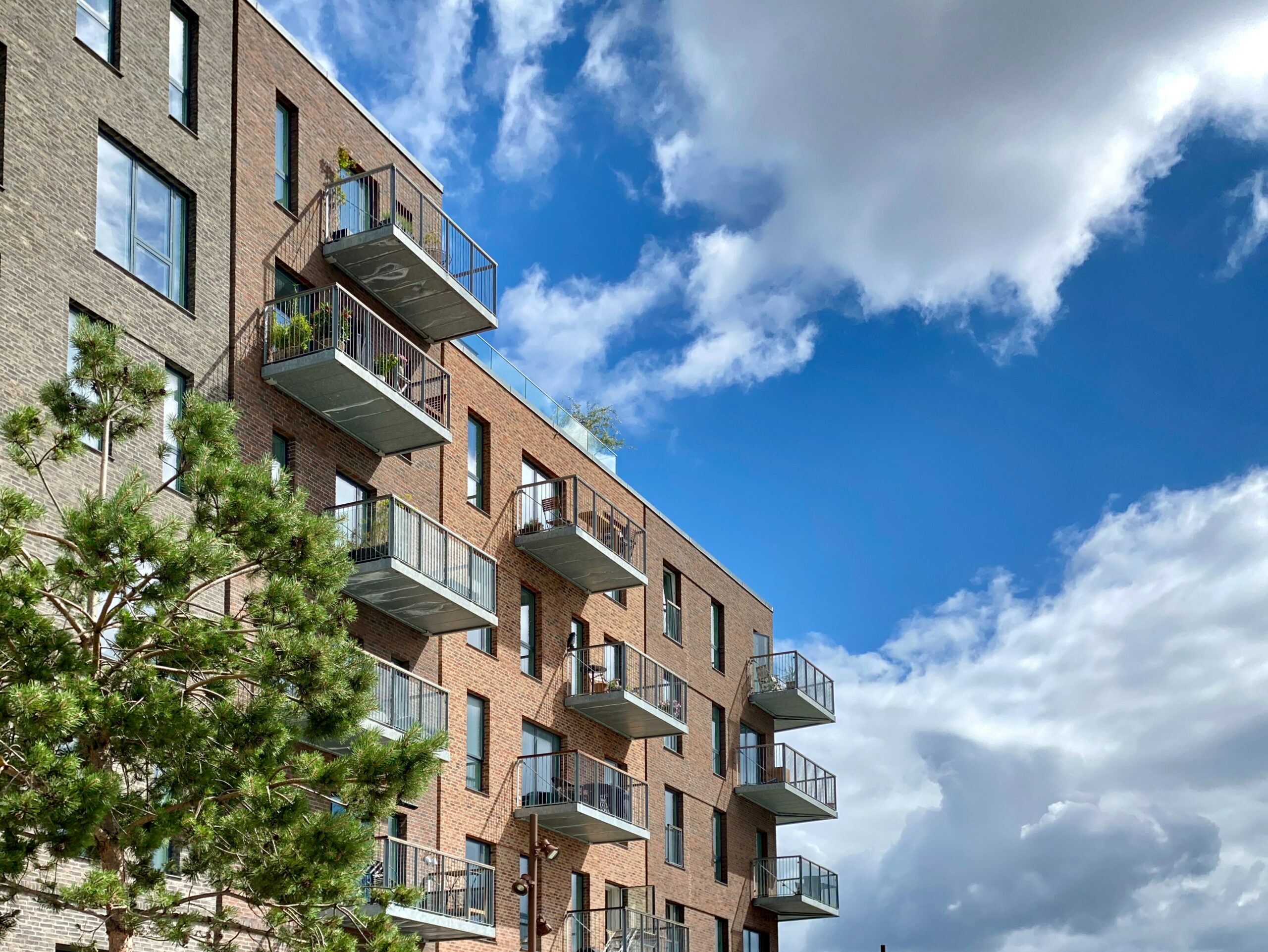
Finance Sustainable Buildings
About the Report

Buildings use half of the raw materials and energy and one-third of the water in the EU. Rooted in cradle-to-grave thinking, they also generate a third of Europe’s waste. In short, today’s buildings are not fit for the future. Altering the status quo demands innovative policymaking across administrative levels and building lifecycle stages based on the principles of circularity and sufficiency.
Reaching the EU targets of a 60% reduction in CO2 emissions and a doubling of renovation rates by 2030 will require more than a carrot-and-stick approach. Transformative financial mechanisms will play a crucial role on the road to net zero, as acknowledged in the revised Energy Performance in Buildings Directive:
“Member States shall provide appropriate financing, support measures and other instruments able to address market barriers and stimulate the necessary investments in energy renovations in line with their national building renovation plan and with a view to the transformation of their building stock into zero-emission buildings by 2050″.
SUFFICIENCY: living well within limits
Sufficiency policies help eliminate unnecessary energy, materials, land and water demand while enhancing wellbeing within the planetary boundaries. They span beyond behavioural change and may, for example, include occupying empty buildings, promoting shared spaces or just space allocation. Sufficiency policy instruments prioritised within this report are presented below.
CIRCULARITY: enabling smarter resource flows
For the materials consumed, circularity policies help minimise the demand for raw materials and reduce solid waste throughout the life cycle of buildings. Circularity principles avoid the linear use of materials and goods, reducing the extraction of virgin materials by reusing, repurposing, and recycling used materials and by extending the life time of products.
Towards a just and sustainable built environment
The EU will need to ensure that net zero transition facilitates environmentally and socially just livelihoods, considering the affordability, health and safety issues inherited from decades of urbanisation. A well-orchestrated policy mix will be essential for making these changes a reality.
The following report and webpage presents 22 instruments for much-needed change: financial schemes, economic incentives, setup examples and other tools for coordinated and multiscale decarbonisation of the built environment in line with broader social and environmental aims.
Net-zero emissions buildings need to be managed across their lifecycle. Thus the proposed package aligns with the European standard EN 15978:2011, circular economy thinking, one-step deep renovations approach and the SER frameworks by combining sufficiency and circularity policy instruments catalysed via supporting facilitator instruments.

Elaboration of the criteria for impact and feasibility








